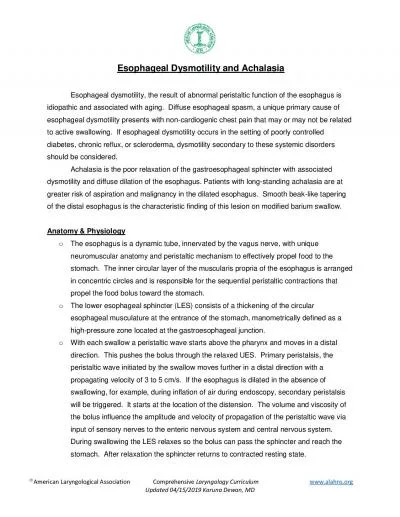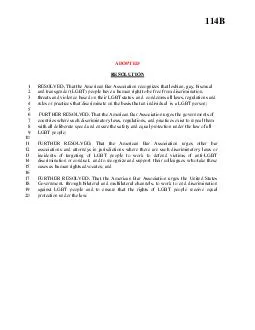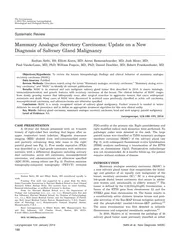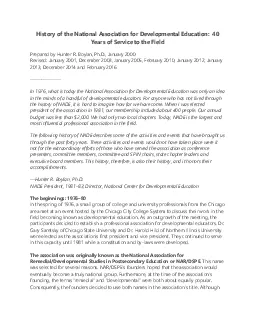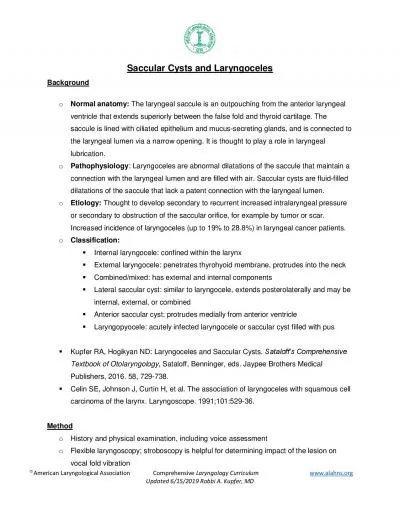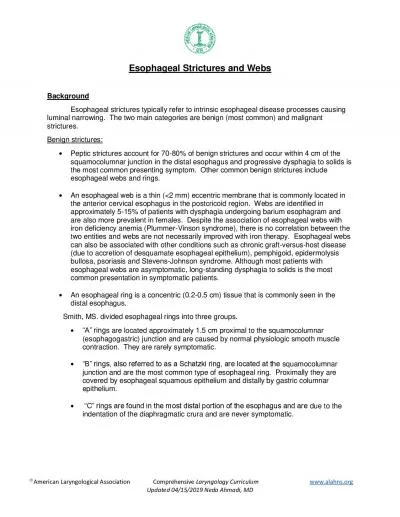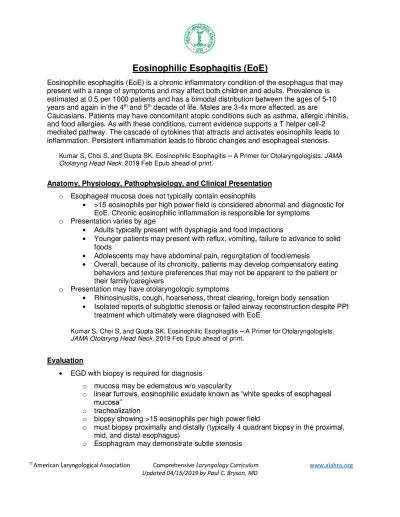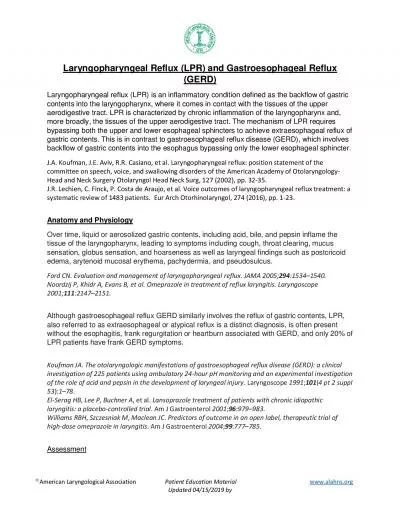PDF-American Laryngological Association
Author : kylie | Published Date : 2022-09-06
Comprehensive Laryngology Curriculum wwwalahnsorg Updated 04152019 Karuna Dewan MD Esophageal Dysmotility and Achalasia Esophageal dysmotility the result of abnormal
Presentation Embed Code
Download Presentation
Download Presentation The PPT/PDF document "American Laryngological Association" is the property of its rightful owner. Permission is granted to download and print the materials on this website for personal, non-commercial use only, and to display it on your personal computer provided you do not modify the materials and that you retain all copyright notices contained in the materials. By downloading content from our website, you accept the terms of this agreement.
American Laryngological Association: Transcript
Download Rules Of Document
"American Laryngological Association"The content belongs to its owner. You may download and print it for personal use, without modification, and keep all copyright notices. By downloading, you agree to these terms.
Related Documents

